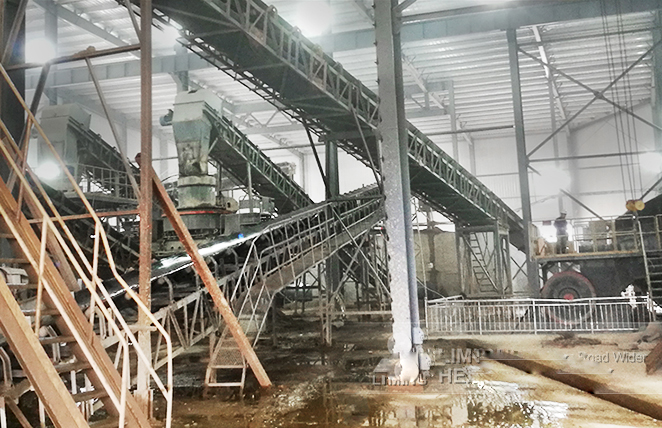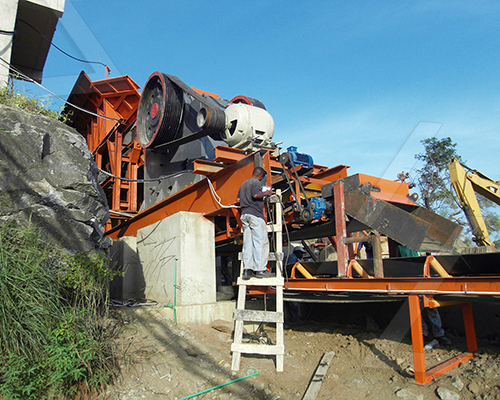The Jaw Crusher is a primary crushing machine widely used in mining, quarrying, and recycling industries. Several theories explain its working mechanism and performance optimization. Below are the key theories related to jaw crushers:
1. Blake’s Theory (Static Pressure Theory)
– Proposed by Eli Whitney Blake (inventor of the first successful jaw crusher).
– Assumes that crushing occurs due to slow compression (static pressure) between two rigid plates (fixed and moving jaws).
– The force required to break a rock is proportional to its cross-sectional area rather than its volume.
– Limitation: Does not account for dynamic forces or impact effects.
2. Kick’s Law (Volume-Based Crushing Theory)
– States that the energy required to crush a material is proportional to the reduction ratio (logarithmic relationship).
– More applicable for fine grinding rather than primary crushing.
– Less accurate for jaw crushers compared to Bond’s or Rittinger’s laws.
3. Bond’s Work Index Theory
– F.C. Bond proposed that crushing energy is related to the square root of the particle size ratio.
– Used to estimate power consumption in jaw crushers:
\[
W = 10 \times W_i \left( \frac{1}{\sqrt{P_{80}}} – \frac{1}{\sqrt{F_{80}}} \right)
\]
where:
– \(W\) = Work input (kWh/ton)
– \(W_i\) = Bond Work Index (material-specific)
– \(P_{80}\) = Product size (80% passing)
– \(F_{80}\) = Feed size (80% passing)
 4. Rittinger’s Law (Surface Area Theory)
4. Rittinger’s Law (Surface Area Theory)
– Energy consumed is proportional to the new surface area created.
\[
E = K_R \left( \frac{1}{d_p} – \frac{1}{d_f} \right)
\]
where:
– \(E\) = Energy required
– \(K_R\) = Rittinger constant
– \(d_p\) = Product particle size
– \(d_f\) = Feed particle size
 5. Dynamic Crushing Theory
5. Dynamic Crushing Theory
– Considers both




